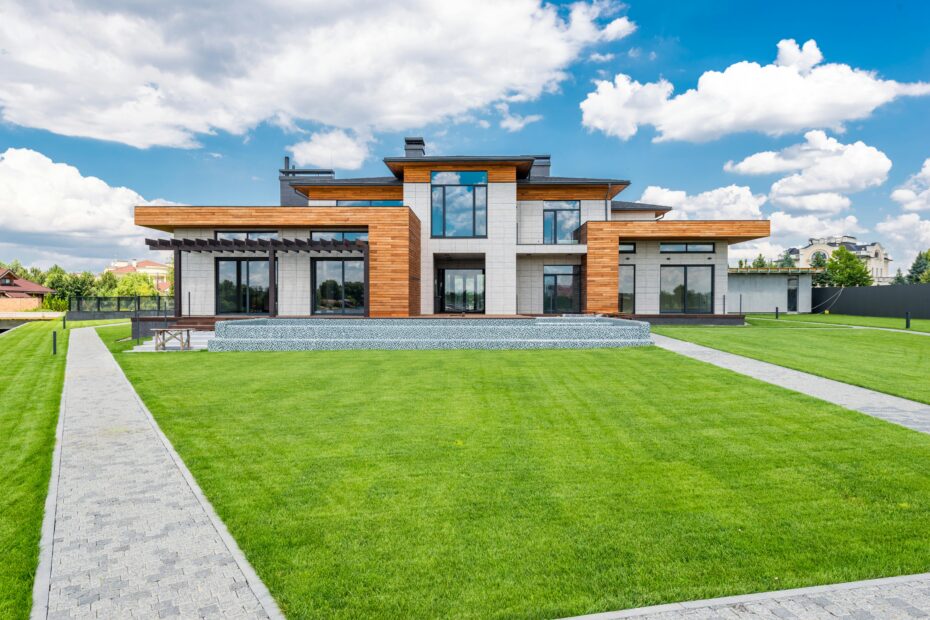Durability. Isn’t that the buzzword that everyone seems to be using? Impacts are being felt in every industry, including packaging and apparel. However, have you ever thought how the real estate market is being affected by The Green Wave?
Building and real estate development in the current era are increasingly basing their operations on sustainability. It’s now a need rather than just a fad. Are you curious about the implications for your house or potential investments? Now let’s get started.
The Development of Eco-Friendly Property
How our living and work environments are changing isn’t it fascinating? We are drawn to a deeper, more significant change rather than just the current facilities or aesthetics. Urban development’s vital core is quickly evolving to be sustainable real estate.
However, why the abrupt focus on green building? Urban sprawl and population growth in our cities are drawing attention to the areas we occupy and their effects on Mother Earth. In this critical juncture of architectural history, buildings serve as more than just places to stay; they are also emblems of our shared responsibility. They are repeating our pledge to sustainability on a worldwide scale.
Green design elements are being incorporated by developers from the beginning, guaranteeing that the completed structures will be both cost-effective and environmentally beneficial. The shift to sustainable housing is becoming a crucial aspect of the home-buying process, as more and more purchasers search for residences that are energy-efficient and ecologically conscious in order to contribute to a more sustainable future.
How is real estate being transformed by sustainability?
There has never been a stronger demand for sustainable solutions because the health of our world is at risk. The real estate industry is one of many that is undergoing a green transformation. Sustainable architecture, energy-efficient technologies, and new building materials are becoming more and more popular. What’s the best thing, then? Both property owners and the ecosystem benefit from it. The Green Wave
Today, the real estate sector is leading the way in sustainability, which is profoundly changing how we think about, create, and utilize spaces. Let’s investigate this life-changing experience.
1. Sustainable Materials: More Than Just Cement and Bricks
Modern and environmentally friendly materials are replacing conventional brick and mortar buildings. Consider repurposed steel, bamboo flooring, and insulating concrete forms. Not only are these materials environmentally friendly, but they also last a long time, reducing waste and replacement expenses.
2. Energy Efficiency: It’s Not Just About Cutting Bills
Solar panels, green roofs, and natural ventilation systems are examples of energy-efficient architectural features that are frequently used in modern construction designs.
Solar Power: Solar roof tiles blend in perfectly with building designs without having the industrial look of regular solar panels, and transparent solar panels can also be used as windows.
Wind Energy: By utilizing vertical turbines that are incorporated into buildings’ basic design, urban wind patterns can be captured and transformed into renewable energy.
Smart Systems: Using occupancy and usage patterns, sophisticated artificial intelligence (AI)-driven management systems optimize lighting, heating, and cooling in real-time.
Cutting energy costs is only one aspect of the problem; another is reducing our carbon impact, one building at a time.
- Water Efficiency and Ecological LandscapingIn many new real estate projects, rainwater harvesting, greywater recycling systems, and energy-efficient plumbing fixtures are becoming standard. Incorporate sustainable landscaping techniques that give preference to native species over exotic ones, thereby reducing water consumption and preserving the biodiversity of the area.
Which guidelines should I follow?
Indoor Conservation: Water use in homes and businesses is being decreased via sensor-driven taps, low-flow fixtures, and effective showerheads.
Outdoor Solutions: Rainwater can seep through parking lots and driveways thanks to pervious concrete, which lowers runoff. Green roofs reduce the heat island effect by absorbing rainfall and acting as building insulation.
The Difficulties: The Green Wave
Even with the progress, there are still issues. Higher initial expenses are occasionally associated with sustainable construction. Nonetheless, the initial expenses are frequently offset by the long-term financial and environmental gains. There’s also a learning curve because developers, architects, and builders have to keep up with the newest green techniques and technologies.
Where are we going, then? Sustainable real estate is going to become the standard rather than the exception as awareness increases and technologies develop. The structures of the future will represent our dedication to the environment in addition to being places we live.
More on INJ Architects:
